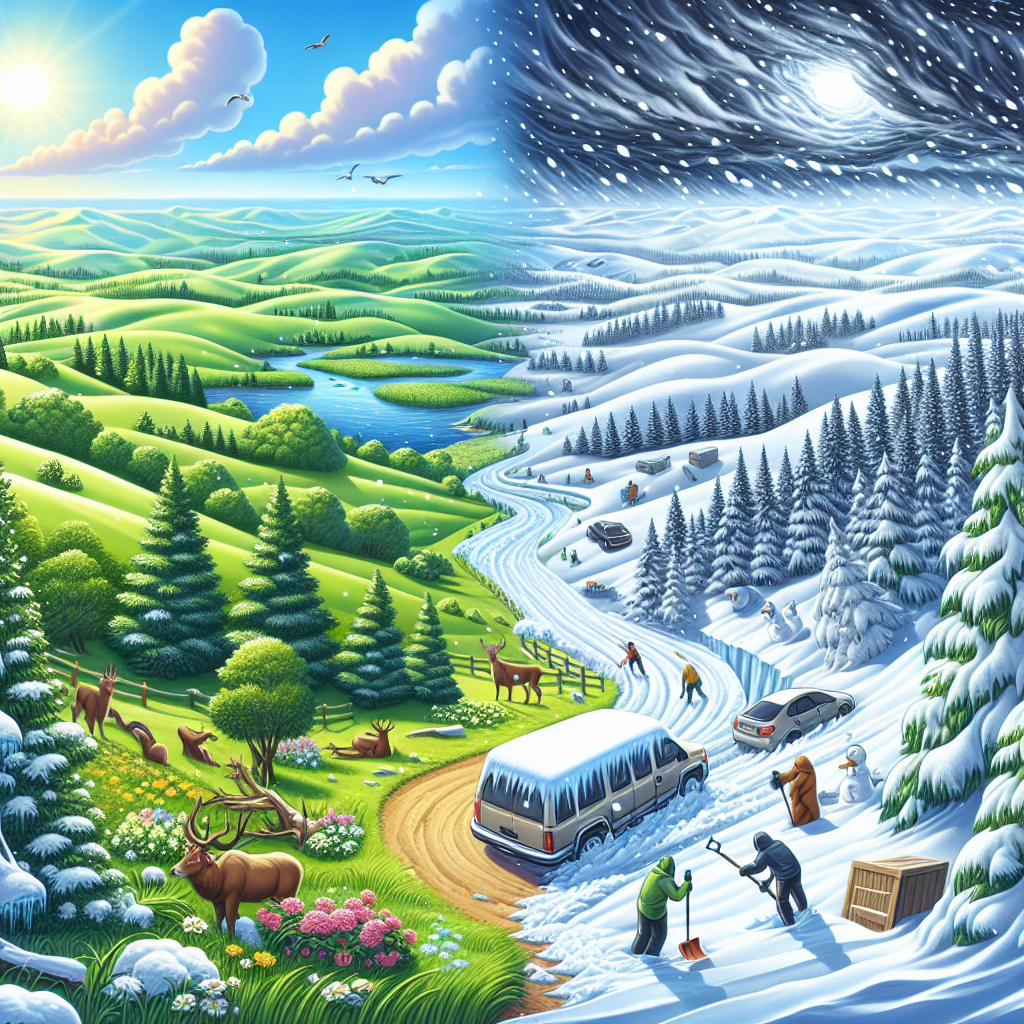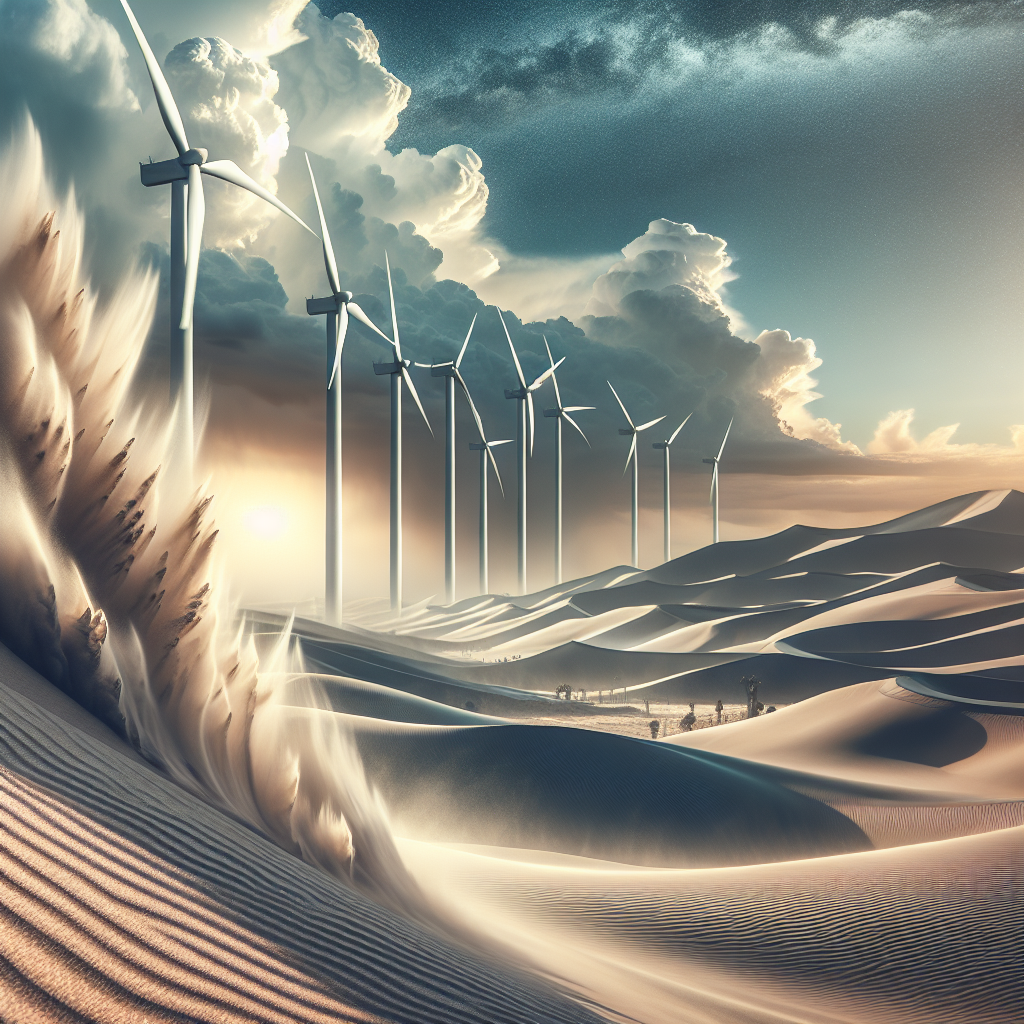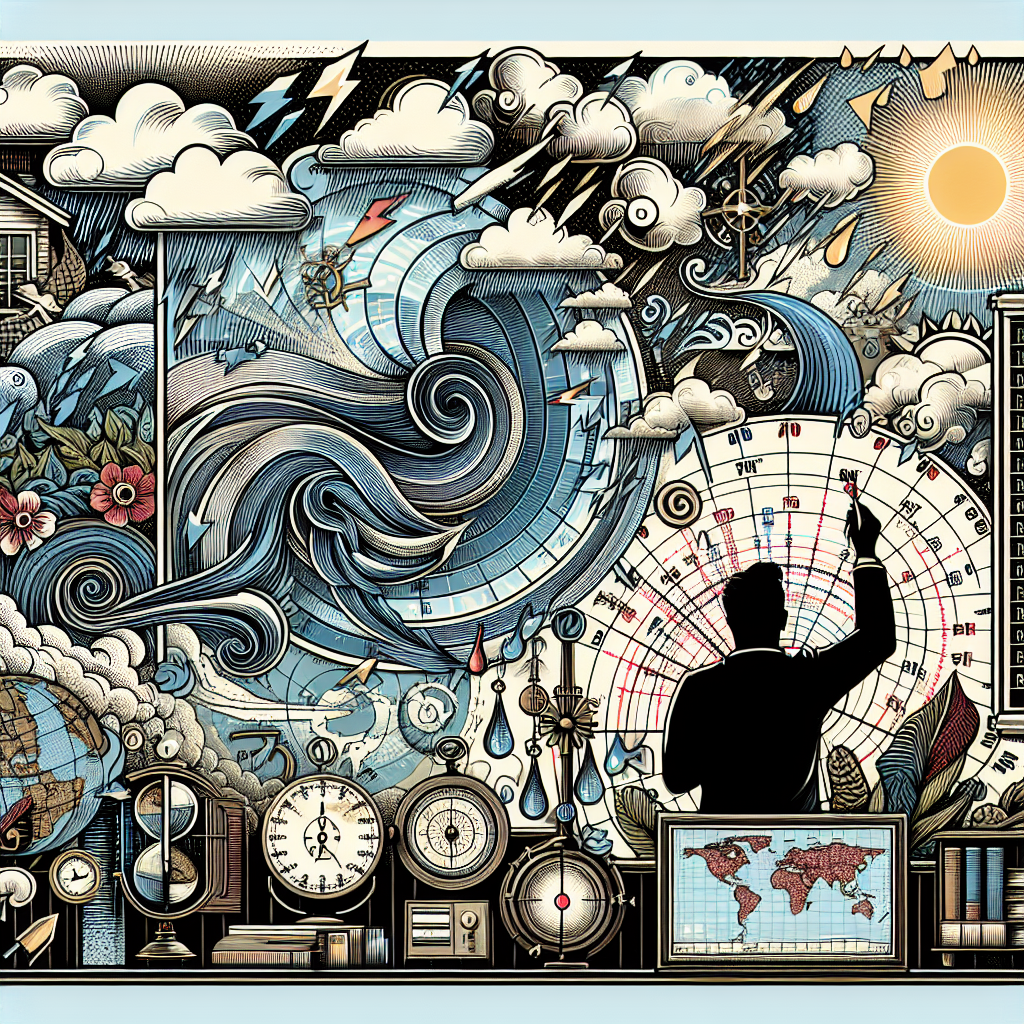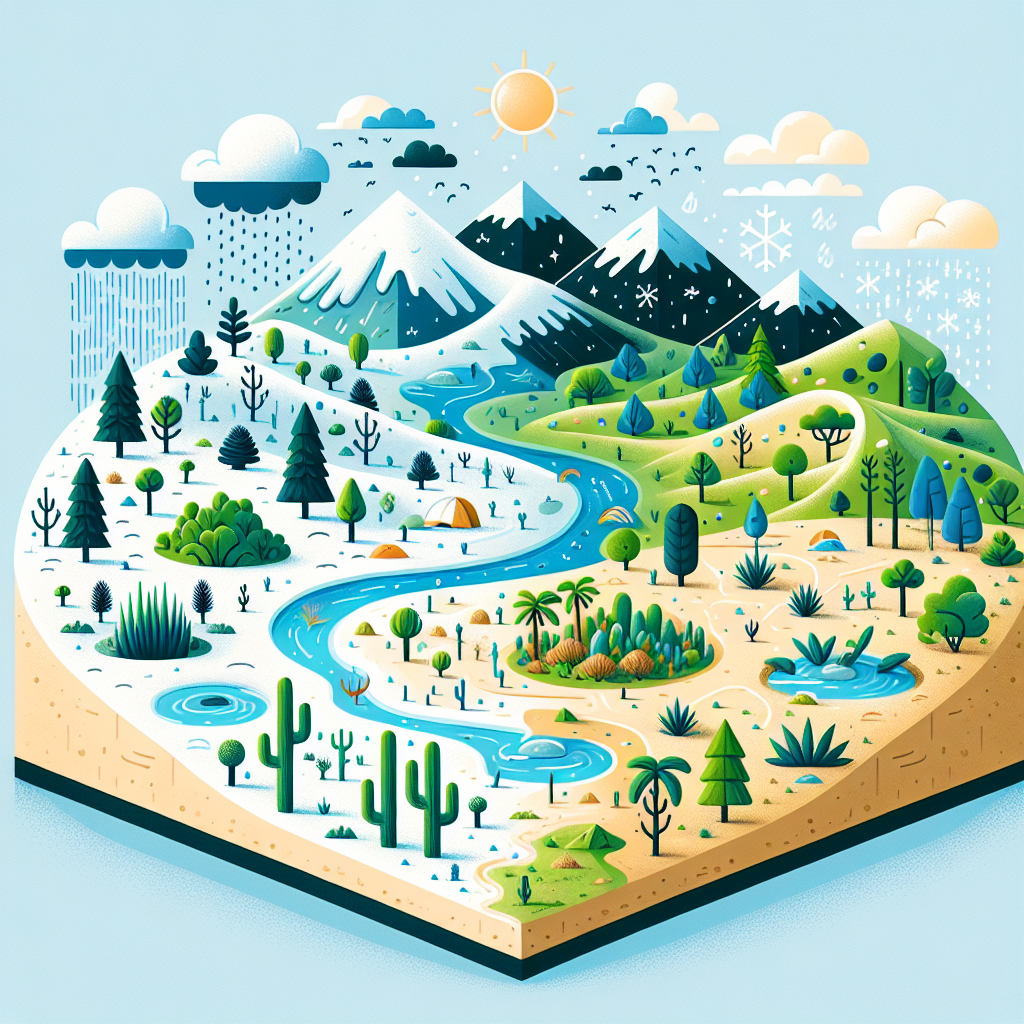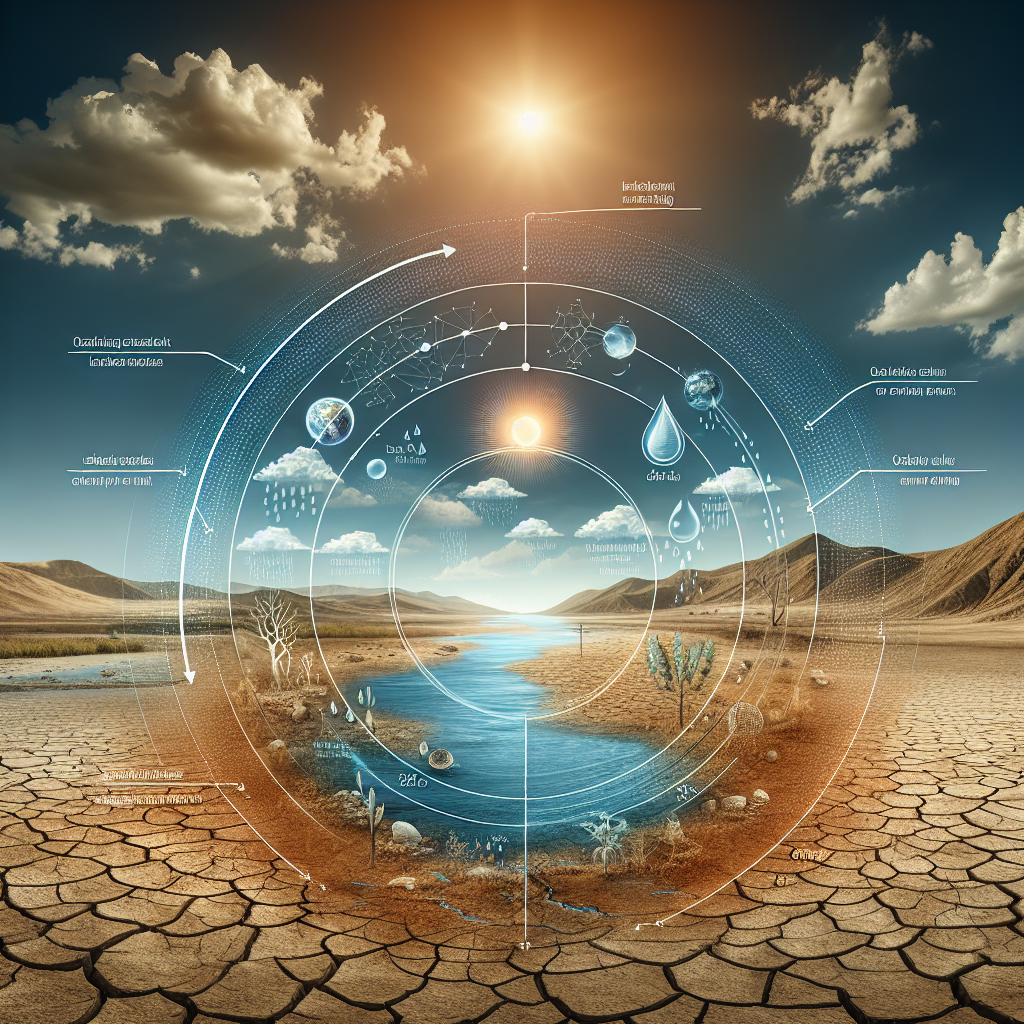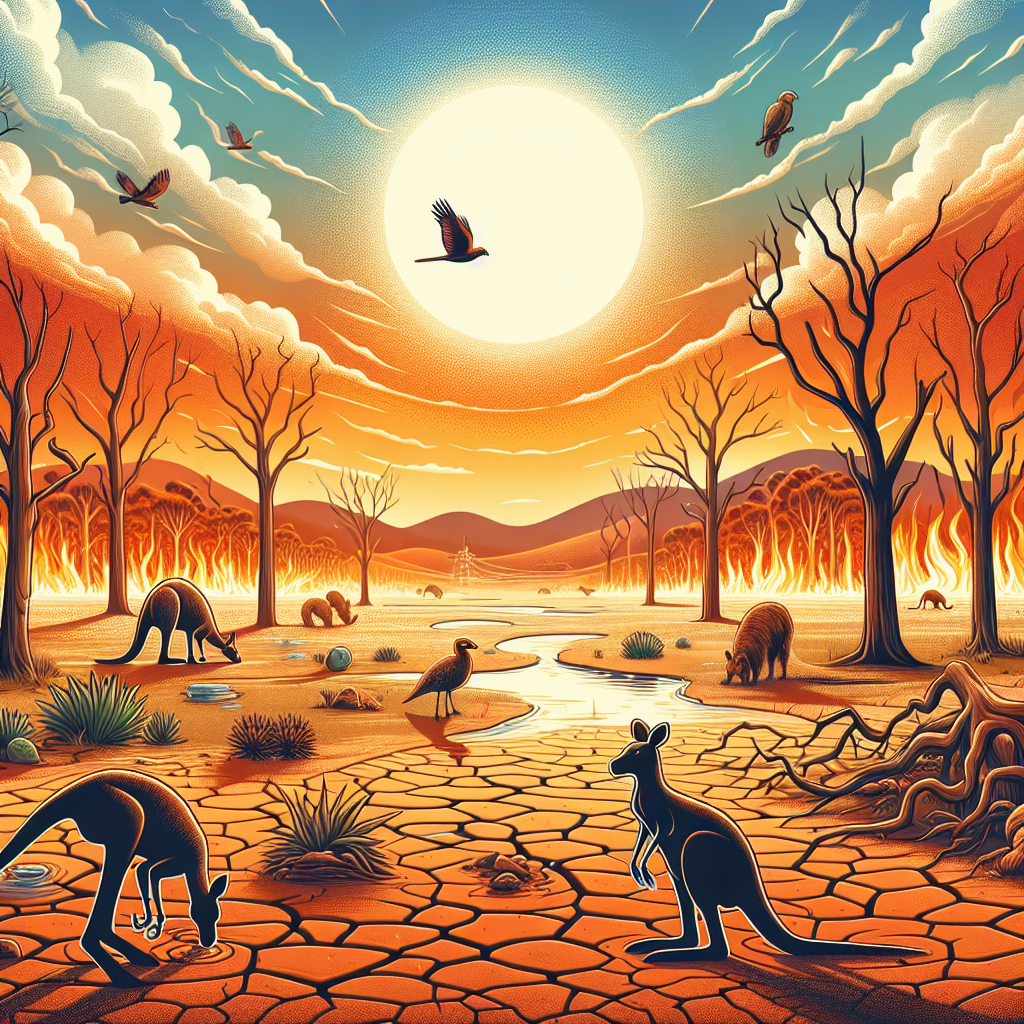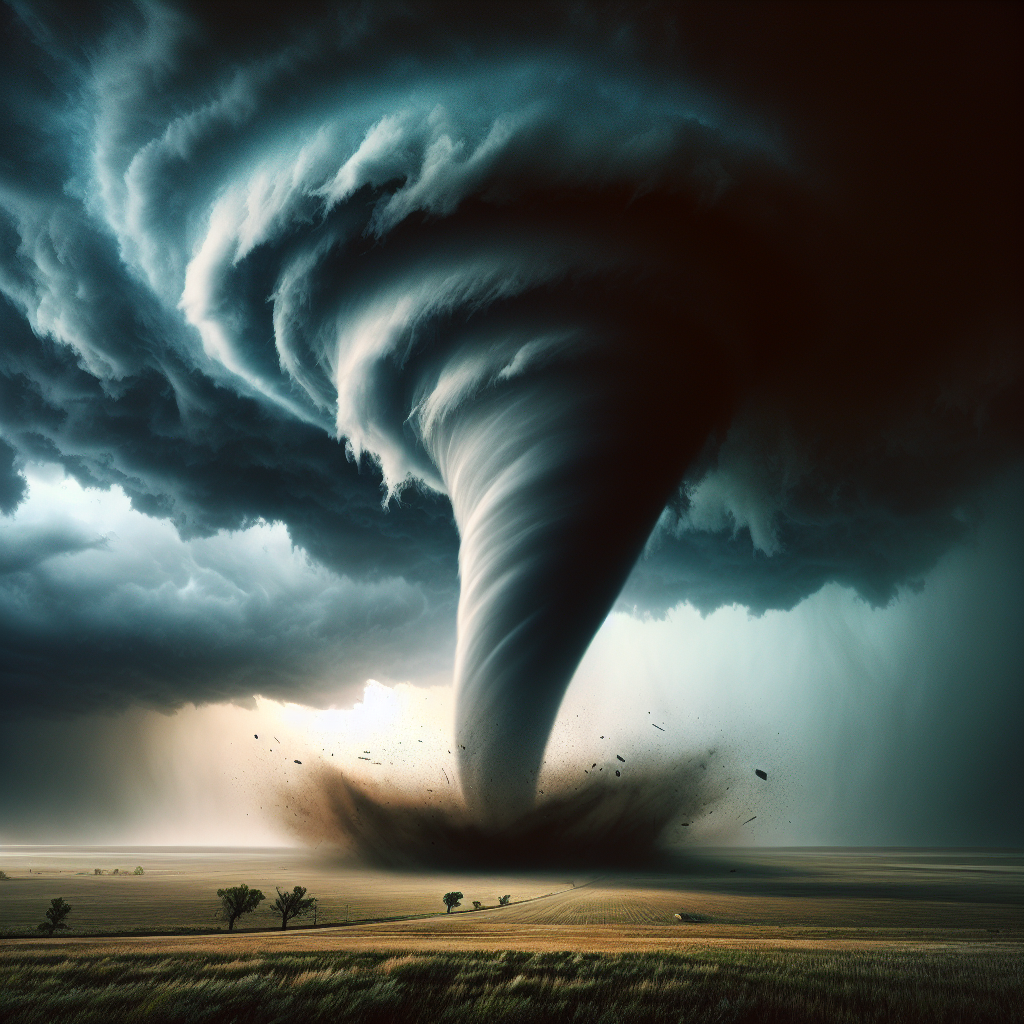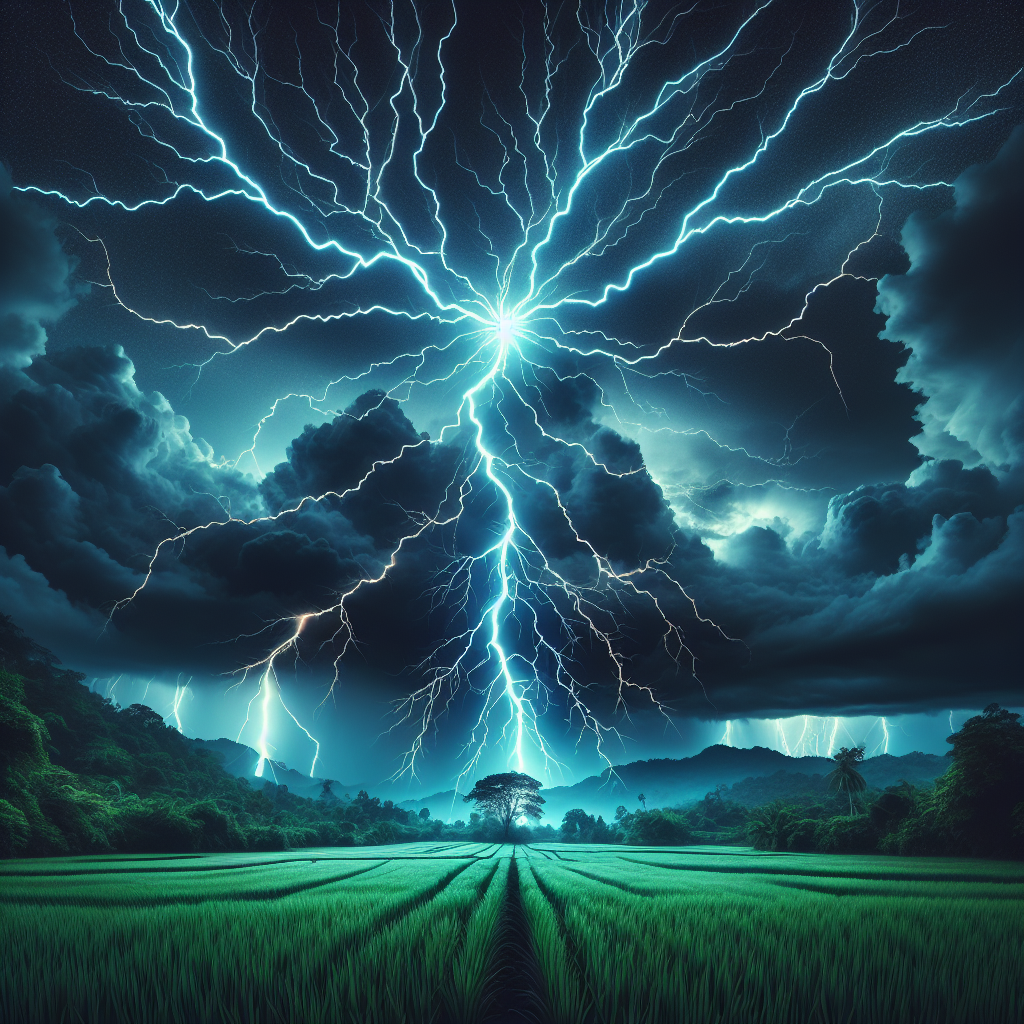What Causes Drought? Understanding Prolonged Dry Spells
Definition of Drought
Drought is a prolonged period of abnormally low rainfall relative to the statistical multi-year average for a particular region. While there is no single universal definition, drought is commonly characterized as a significant, prolonged decrease in precipitation that leads to water shortages. It can significantly affect agriculture, water supply, ecosystems, and economies.
Types of Drought
Meteorological Drought: This type relates to the shortfall of precipitation and is typically assessed through comparisons to historical weather data.
Agricultural Drought: Occurring when soil moisture is insufficient to meet the needs of crops, agricultural drought can significantly impact food production.
Hydrological Drought: This form occurs when water supply (in rivers, lakes, and reservoirs) is lower than usual and can lead to reduced water availability for various uses.
Socioeconomic Drought: When the demand for some economic goods exceeds supply due to a drought, this form affects resource distribution and economic stability.
Natural Causes of Drought
Understanding drought involves exploring various natural phenomena:
Climate Variability: Natural climate systems, such as El Niño and La Niña, can significantly alter precipitation patterns. El Niño often brings wetter conditions to some regions and drier conditions to others. Conversely, La Niña can lead to cooler ocean temperatures that result in prolonged dry spells in certain areas.
Changes in Jet Stream Patterns: The jet stream can influence weather patterns across continents. If the jet stream shifts southward in a particular region, it can create stable high-pressure systems that inhibit cloud formation and rainfall, resulting in drought conditions.
Ocean Currents: Variations in ocean temperatures and currents can have far-reaching effects on regional climates. For instance, cold ocean currents may limit evaporation, which in turn reduces rainfall.
Soil Condition: Drought can also be exacerbated by pre-existing soil conditions. Dry soils tend to absorb water, so any subsequent rainfall may not significantly alleviate drought conditions.
Human-Induced Factors
While natural processes play a significant role in drought occurrence, human activities can exacerbate or trigger these dry spells:
Deforestation: The removal of trees for agriculture or urban development reduces evapotranspiration and alters the local climate. This can lead to reduced rain and prolonged dry periods.
Agriculture Practices: Over-extraction of water for irrigation can deplete local aquifers faster than they can be replenished. Practices such as monoculture also reduce soil health and its ability to retain moisture.
Urbanization: Rapid urban development changes the land type and permeability, resulting in increased runoff and decreased groundwater replenishment. Moreover, large urban areas often create heat islands, further distorting local weather patterns.
Climate Change: Driven by greenhouse gas emissions, climate change leads to more frequent and severe droughts. Warmer temperatures increase evaporation rates, drying out soil and water bodies more rapidly. Future projections indicate that areas currently experiencing drought will continue to face significant water deficits.
Effects of Drought
Drought can have far-reaching consequences on ecosystems and human activities, leading to the following impacts:
Agricultural Impact: Crop failures lead to food shortages and increased prices. Livestock are also affected, leading to decreased meat and dairy production.
Water Scarcity: As sources of freshwater dwindle, access to drinking water can become limited, affecting both rural and urban populations.
Economic Consequences: The agricultural sector is typically hit hardest during a drought. Losses can also extend to sectors dependent on agriculture, including food processing, retail, and transportation.
Environmental Degradation: Prolonged dry spells can disrupt ecosystems, leading to loss of wildlife habitat, decreased biodiversity, and increased vulnerability to wildfires and pest infestations.
Human Health: Drought can lead to poor water quality and shortages, increasing the risk of waterborne diseases. Nutritional deficiencies can arise from food shortages caused by agricultural failure.
Prevention and Mitigation Strategies
While not all droughts can be prevented, strategies can mitigate their impacts:
Investing in Water Management: Effective water management practices, including conservation, reuse, and investment in rainwater harvesting systems, can help improve water supply resilience.
Drought-Resistant Crops: Developing and planting drought-resistant crop varieties can lead to increased agricultural resilience during dry spells.
Sustainable Forestry: Sustainable land management practices that involve reforestation and habitat conservation can help restore ecological balance and improve local precipitation patterns.
Public Awareness and Education: Educating communities about water conservation techniques is essential for building resilience against drought. Awareness campaigns can inform the public about the importance of sustainable practices and prepare them for future dry spells.
Climate Adaptation Plans: Regions prone to drought should develop and implement climate adaptation strategies that strengthen their capacity to respond to evolving weather patterns.
Conclusion
Drought remains one of the most complex, multifaceted phenomena facing societies around the globe. It intertwines natural climatic systems with human-induced changes, resulting in profound impacts on agriculture, economies, and ecosystems. Understanding the causes and effects of drought is crucial in developing effective strategies to mitigate its impact and adapt to a changing climate. Adopting a comprehensive approach that involves sustainable practices, technological advancements, and public education can enhance resilience and ensure long-term water security for affected regions.


